Missouri Brown Tarantula Top 5 Facts
The Missouri Brown Tarantula (Aphonopelma moderatum) is a fascinating arachnid, captivating both arachnophiles and those simply curious about the natural world. These impressive spiders, native to the central United States, offer a glimpse into a unique ecosystem and a resilient species. This article delves into the top five facts that make the Missouri Brown Tarantula a remarkable creature, exploring its appearance, habitat, behavior, and life cycle. From its physical characteristics to its survival strategies, discover what makes this tarantula stand out and why it’s important to appreciate and protect these amazing spiders.
Appearance & Identification
Identifying the Missouri Brown Tarantula is the first step in appreciating this creature. The tarantula’s physical features are key to its identification and understanding its role in the ecosystem. Its appearance allows it to blend into its environment, aiding in both hunting and evading predators. Detailed examination of the tarantula’s physical attributes provides valuable insight into its lifestyle and survival strategies. The following sections will explore the specifics of its size, coloration, and markings, providing a comprehensive overview of what to look for when identifying a Missouri Brown Tarantula.
Size and Physical Traits
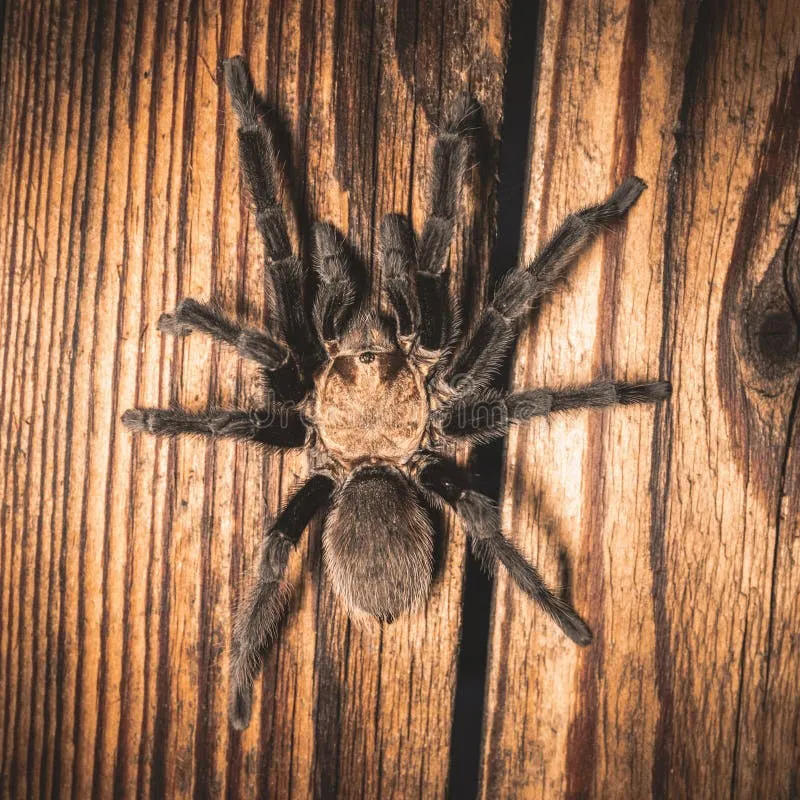
The Missouri Brown Tarantula is a moderately sized tarantula, with a body length typically ranging from 1 to 2 inches (2.5 to 5 cm). When including leg span, they can reach up to 4-5 inches (10-13 cm) across. Males are generally smaller and more slender than females. Their bodies are covered in fine hairs, which provide sensory information and play a role in defense. These hairs, along with their sturdy legs and powerful chelicerae (fangs), are essential for hunting and interacting with their environment. The overall physical structure of the Missouri Brown Tarantula allows it to thrive in its natural habitat, enabling it to capture prey and navigate its surroundings effectively.
Coloration and Markings
As their name suggests, Missouri Brown Tarantulas are primarily brown, with a range of shades from light tan to dark chocolate. This coloration provides excellent camouflage against the backdrop of soil, leaf litter, and dry grasses in their habitat. The body is covered with fine hairs that contribute to the overall brown appearance. Some individuals may have subtle patterns on their abdomen or legs, but they generally lack the vivid markings found in some other tarantula species. The uniformity of their coloration helps them blend into their environment, making them less conspicuous to both predators and prey. This adaptive coloration is a key survival trait for this species.
Habitat and Distribution
Understanding the habitat and distribution of the Missouri Brown Tarantula is crucial for appreciating its ecological role and conservation needs. Their habitat preferences and geographic range provide insight into their adaptability and the threats they face. The following sections detail where these tarantulas live, what environmental conditions they prefer, and the extent of their natural distribution, offering a comprehensive view of their place in the natural world.
Natural Habitat
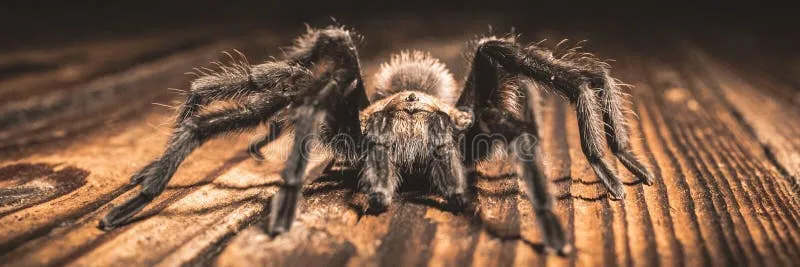
The Missouri Brown Tarantula prefers dry, open habitats such as grasslands, prairies, and open woodlands. They are commonly found in areas with well-drained soil, which is essential for burrow construction. These tarantulas create burrows in the ground, often under rocks, logs, or other debris. They are adapted to survive in environments that experience significant temperature fluctuations, including hot summers and cold winters. The presence of suitable cover, like rocks and grasses, is vital for creating a secure and sheltered environment. The availability of prey, such as insects and other invertebrates, is also a critical factor in determining the quality of their habitat.
Geographic Range
The Missouri Brown Tarantula is primarily found in the central United States. Its range includes parts of Missouri, Kansas, Oklahoma, Arkansas, and possibly extending into neighboring states. Within this range, they are often found in areas with specific environmental conditions, such as grasslands and open woodlands. The distribution is not uniform, with populations concentrated in suitable habitats where they can thrive. Factors like climate, soil type, and the presence of prey influence where these tarantulas are most abundant. Monitoring their geographic range is essential for tracking population trends and assessing the impacts of habitat loss and other threats.
Behavior and Lifestyle
The behavior and lifestyle of the Missouri Brown Tarantula are fascinating aspects of their existence. From their feeding habits to their defense mechanisms, these spiders have developed unique strategies for survival. Understanding these behaviors helps us appreciate their role in the ecosystem and recognize the adaptations that enable them to thrive in their natural habitat. The following sections will detail their diet, defensive tactics, and other key aspects of their lifestyle.
Diet and Feeding Habits
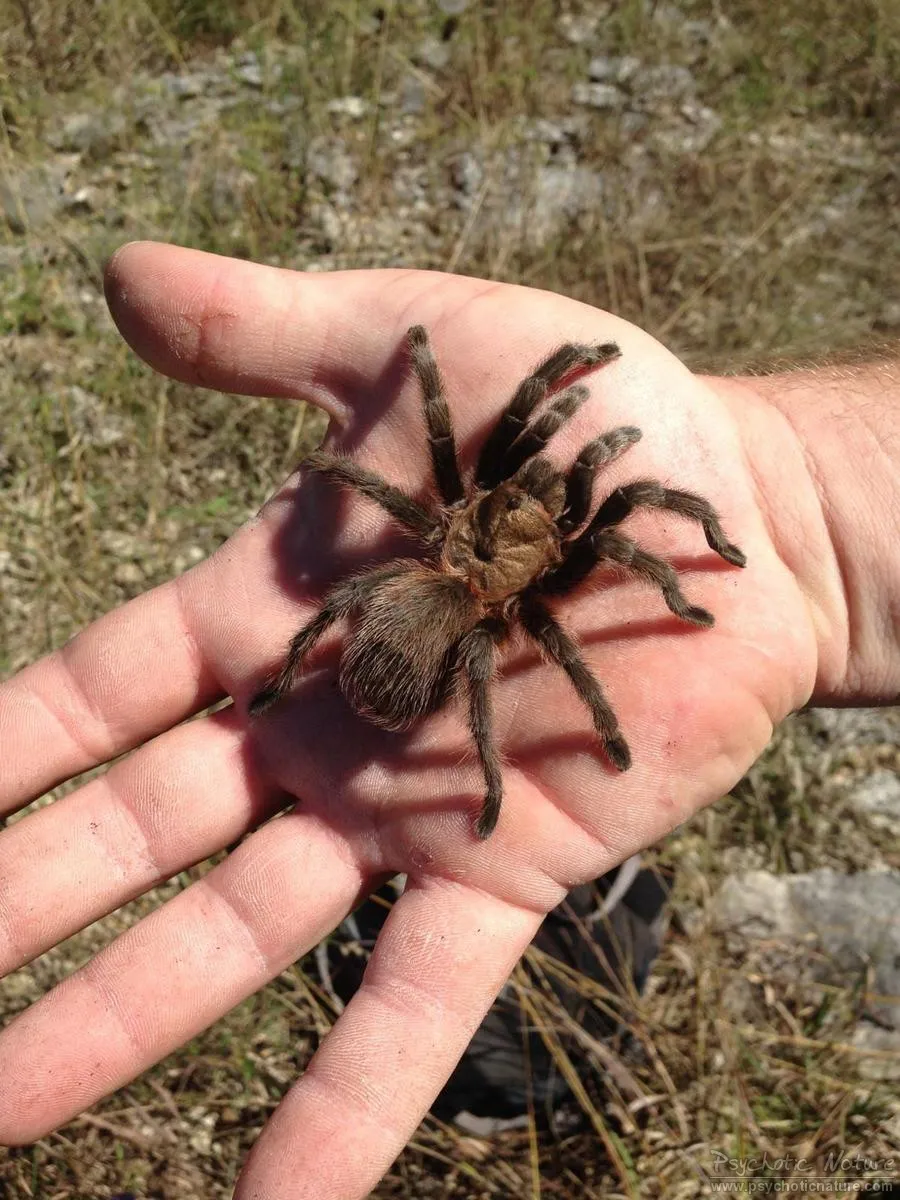
Missouri Brown Tarantulas are primarily nocturnal predators, feeding mainly on insects and other invertebrates. Their diet includes crickets, grasshoppers, beetles, and other arthropods that they can overpower. They are ambush predators, waiting patiently near their burrows for prey to come within striking distance. They use their chelicerae (fangs) to inject venom, which immobilizes their prey. The tarantula then uses digestive enzymes to liquefy the insides of its victim before consuming it. The frequency of feeding depends on factors like age, size, and environmental conditions, with adults typically eating less frequently than juveniles. These efficient predators play a vital role in controlling the populations of insects in their habitat.
Defensive Mechanisms
The Missouri Brown Tarantula employs several defense mechanisms to protect itself from predators. Their primary defense is their ability to flee and hide in their burrows. When threatened, they will retreat quickly, seeking shelter. They also have urticating hairs on their abdomen, which they can flick towards potential threats. These hairs cause irritation and discomfort, deterring predators. They can also bite, though their venom is not considered highly dangerous to humans; their bite can still be painful. This combination of behavioral and physical defenses helps them to survive in their environment and avoid being preyed upon.
Life Cycle and Reproduction
The life cycle and reproduction of the Missouri Brown Tarantula reveal crucial aspects of their survival and population dynamics. From mating rituals to the development of spiderlings, understanding these processes offers insight into their resilience and the challenges they face. The following sections will explore the unique aspects of their reproductive behavior and the growth stages of the species.
Mating Rituals
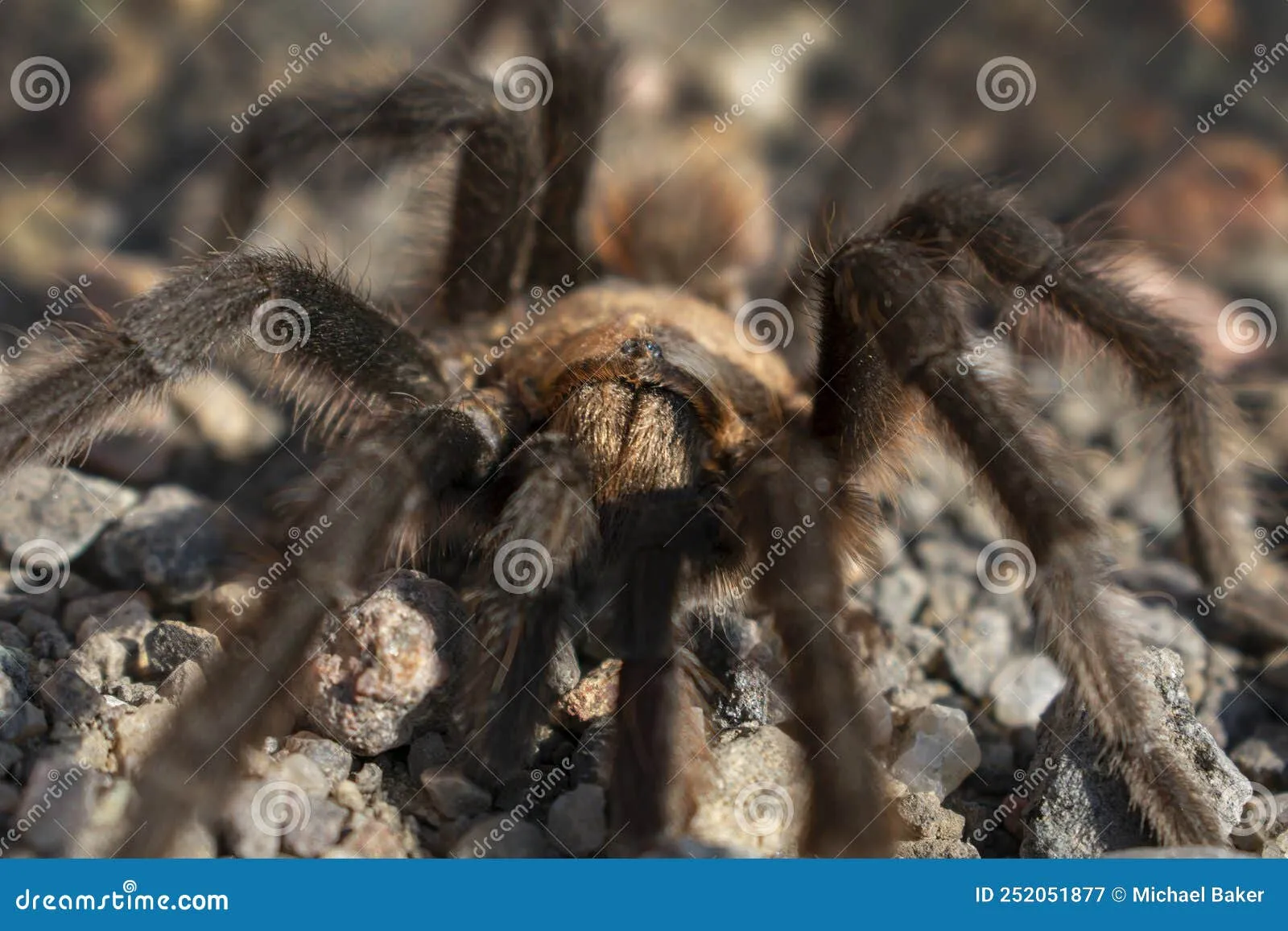
Mating in Missouri Brown Tarantulas typically occurs in late summer or early fall. The male tarantula, after reaching maturity, sets out to find a receptive female. He approaches the female’s burrow cautiously, often tapping or drumming on the ground to signal his presence. The male uses specialized structures on his pedipalps to transfer sperm to the female. If the female is receptive, she will allow the male to mate with her; if not, she may attack and consume him. The entire process is a delicate dance, with the male taking calculated risks to ensure the continuation of his genes. After mating, the male usually leaves the female’s burrow to avoid being eaten.
Egg Sac and Spiderlings
After mating, the female Missouri Brown Tarantula will lay eggs and enclose them in a silken egg sac. The female carefully guards the egg sac, protecting it from potential threats. The eggs hatch into spiderlings, which remain in the burrow with their mother for a short period, benefiting from her protection. The spiderlings molt several times as they grow, gradually developing into juvenile tarantulas. Eventually, the spiderlings disperse from the burrow and start to live independently. The number of spiderlings can vary, with larger females typically producing more eggs. The process from egg to maturity takes several years, and the spiderlings face numerous challenges to survive.
Conservation Status
The conservation status of the Missouri Brown Tarantula reflects the current state of its populations and the threats it faces. Evaluating these factors is vital for implementing effective conservation strategies and ensuring the long-term survival of this unique species. Examining the threats and ongoing conservation efforts provides a holistic understanding of the preservation needs of the Missouri Brown Tarantula.
Threats to Survival
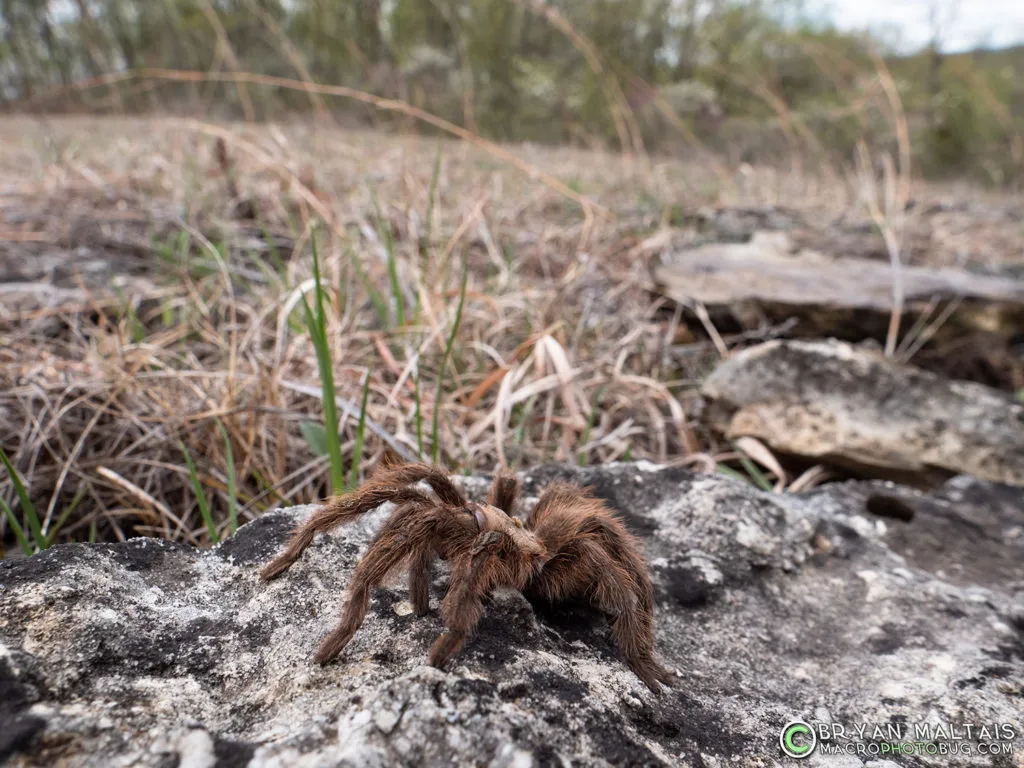
The Missouri Brown Tarantula faces several threats to its survival, including habitat loss due to urbanization, agriculture, and land development. The destruction of grasslands and open woodlands directly impacts their burrows and food sources. Pesticide use can also affect their prey base, disrupting the food chain. Climate change may also pose a challenge, as altered weather patterns can affect their habitat and impact their survival rates. Furthermore, the tarantulas are sometimes collected for the pet trade, which, if unregulated, can deplete wild populations. These threats combine to create pressure on the species, highlighting the need for conservation measures.
Conservation Efforts
Various conservation efforts are being implemented to protect the Missouri Brown Tarantula. Habitat preservation and restoration are key strategies, including protecting and restoring grasslands and open woodlands. Public education and awareness campaigns are crucial to inform people about the value of these spiders and the importance of conserving their habitats. Research efforts are underway to monitor population trends and understand the impacts of various threats. Furthermore, controlling pesticide use and promoting sustainable land management practices can help protect their prey and the overall ecosystem. Collaboration between scientists, conservation organizations, and the public is critical for the successful conservation of the Missouri Brown Tarantula.
In conclusion, the Missouri Brown Tarantula is a remarkable species with many fascinating attributes. From its physical characteristics and unique behaviors to its habitat preferences and life cycle, this tarantula plays an important role in the ecosystem. By understanding its top five facts – appearance, habitat, behavior, life cycle, and conservation status – we can appreciate the beauty and importance of this species. Recognizing and addressing the threats it faces through dedicated conservation efforts will ensure that future generations can continue to admire this amazing spider in its natural habitat.
